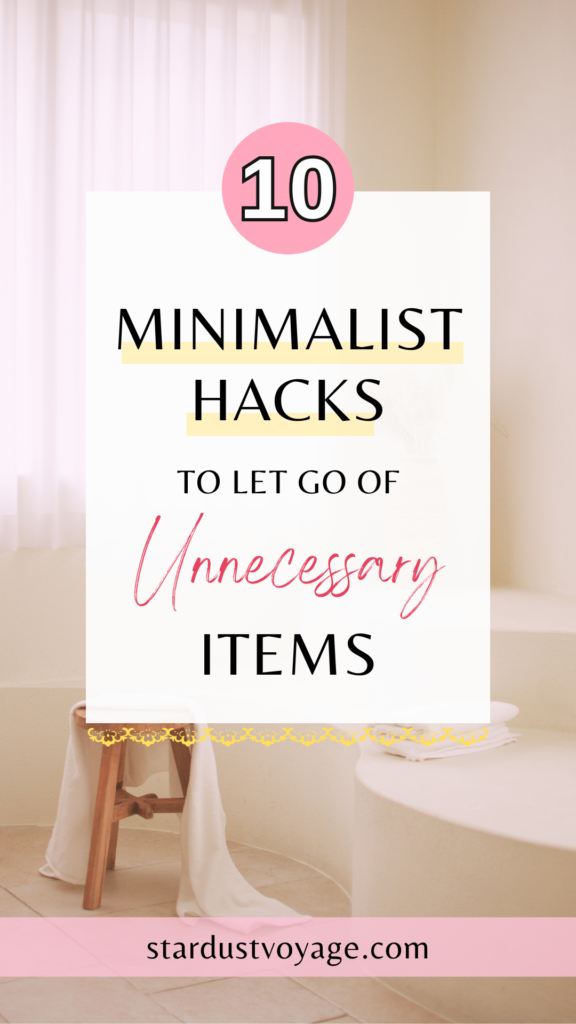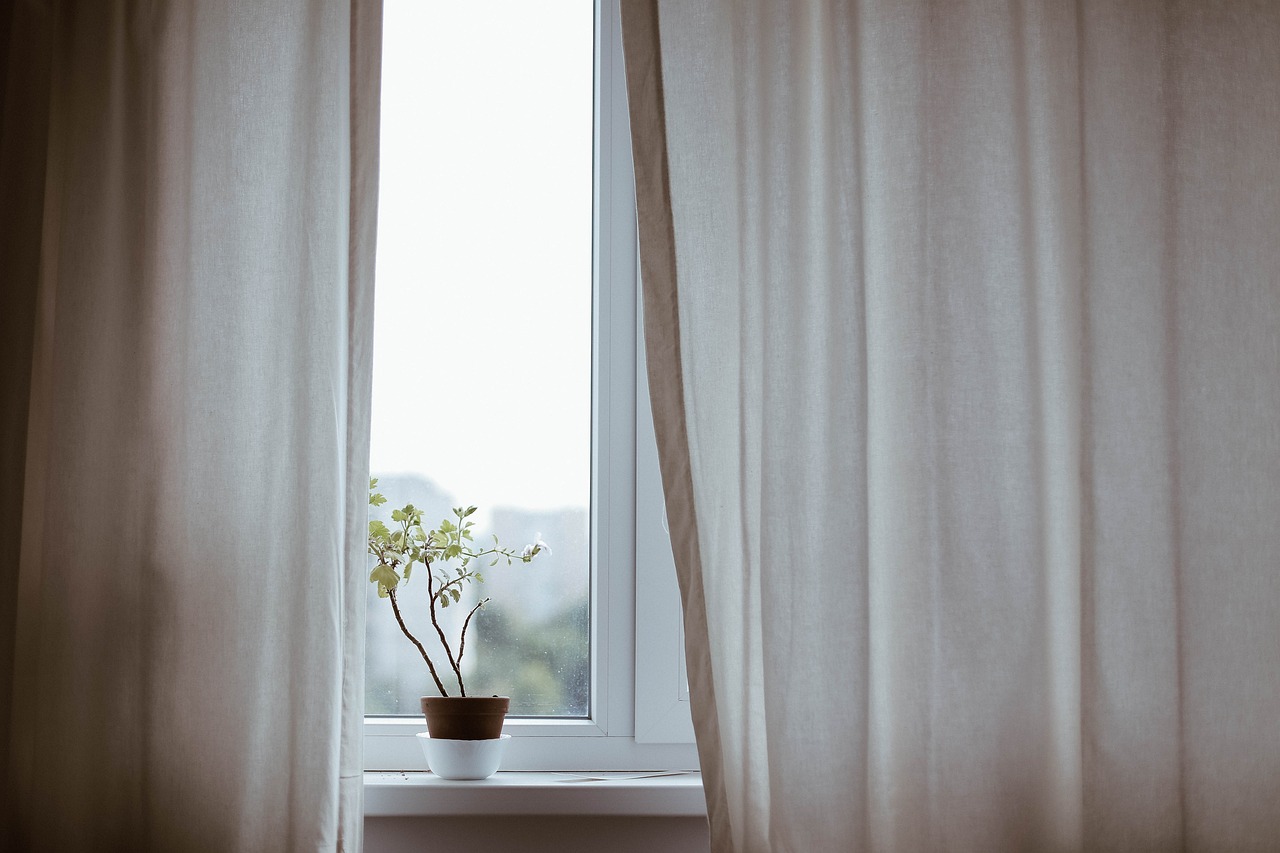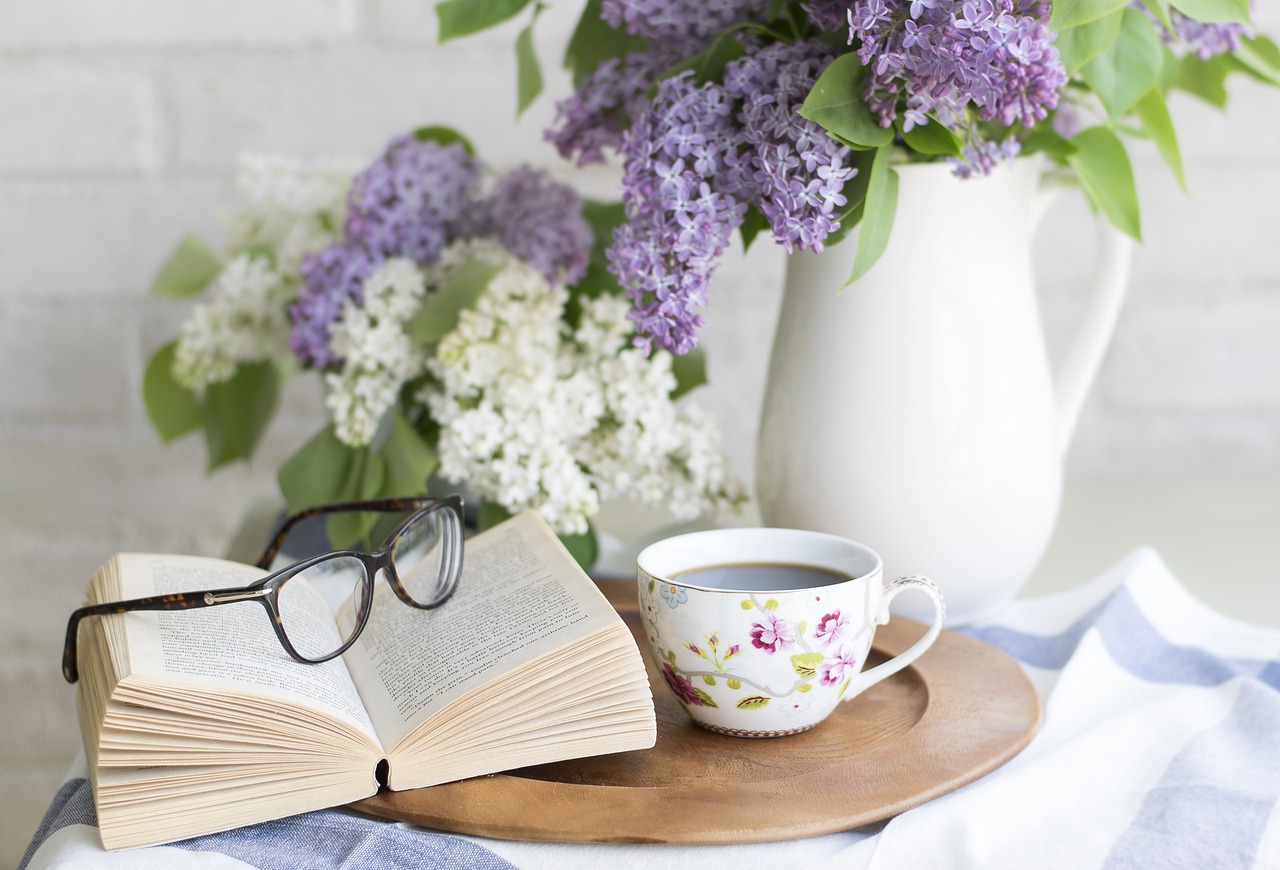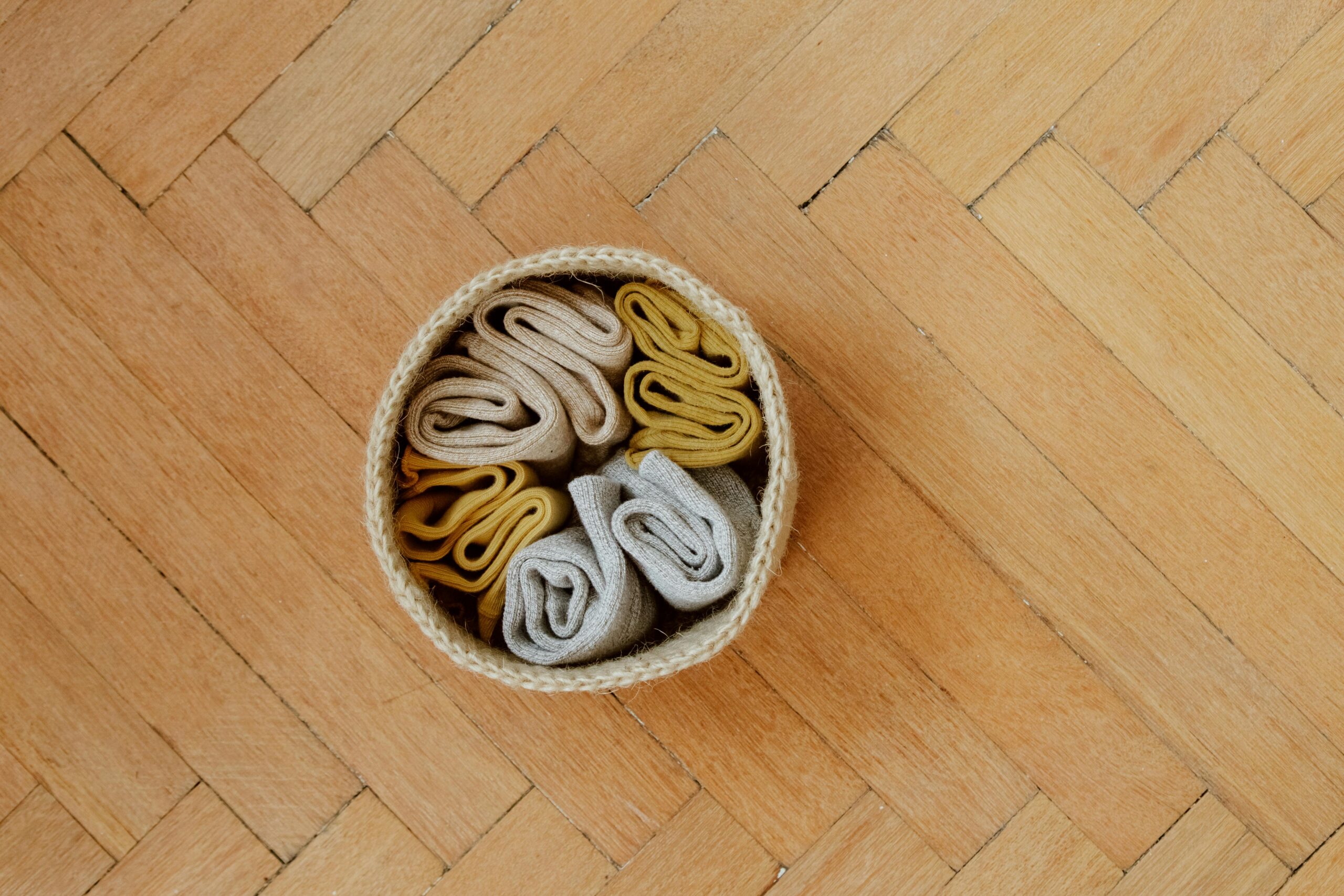Ever feel like the clutter in your home and mind is just too much? Like you’re weighed down by things you don’t use or need but can’t seem to part with? Minimalism is more than just a trend—it’s a lifestyle change that frees up space in our homes and hearts for what truly matters. Especially for women balancing so many roles, minimalism can be a refreshing way to simplify life, feel more grounded, and focus on what brings genuine joy.
In this guide, we’ll explore ten actionable minimalist hacks to help you let go of what you don’t need. These tips are designed to be practical, empowering, and easy to integrate into daily life. Let’s dive into this journey of clearing the unnecessary so we can make more room for what truly matters.

1. Start with One Small Space
Instead of feeling overwhelmed by the idea of decluttering your entire home, choose one small space to tackle first—like a kitchen drawer or a single shelf in your closet. This manageable approach can build momentum and give you a quick sense of accomplishment. Picture the transformation as you clear out that small area. You might find items that have long been forgotten, old receipts, or expired products.
As you clear the clutter, take a moment to enjoy the fresh space you’ve created. Once you see how much lighter even a small space can feel, it’s easier to move on to the next. This incremental approach helps reduce feelings of anxiety and encourages you to keep going.
I started with my bathroom cabinet, and realizing how much expired or unused stuff was hiding in there was eye-opening. After I cleared it out, it felt like I had gained a whole new space, making my morning routine much more pleasant.
2. The “One In, One Out” Rule
For every new item you bring into your life, let go of something similar. Whether it’s a new dress or a piece of decor, the “One In, One Out” rule helps maintain balance and prevents new clutter from building up over time. When you consciously commit to this practice, it encourages more thoughtful consumption.
Imagine walking into a store and spotting a stunning new handbag. Before you purchase it, think about the last bag you used frequently but have now forgotten about. The emotional attachment can sometimes blind us, but this rule nudges us toward making more intentional choices. You’ll find yourself considering whether you truly need the new item or if it’s merely a fleeting desire.
3. Set a Goal for What You Want to Keep, Not Just What to Toss
Instead of focusing on what to get rid of, try setting a goal for how many items you actually want to keep. For example, aim to have only ten tops or three pairs of jeans that you love and actually wear. This shift in focus encourages you to celebrate the items you do cherish rather than viewing decluttering as a chore.
As you sift through your clothes, ask yourself questions like, “Does this make me feel confident?” or “When was the last time I wore this?” This mindset fosters appreciation for the pieces that serve a purpose in your life and can help you curate a wardrobe that reflects your style and makes you feel good.
4. Give Yourself a “Maybe Box”
Not quite ready to part with certain items but feel like you should? Create a “Maybe Box,” where you can place items you’re unsure about. Set a time limit—maybe a few months—and once that time is up, revisit the box. If you haven’t missed or needed anything from it, that’s a good sign it’s time to let go.
This method can be especially helpful for sentimental items. It allows you to step back and evaluate what truly holds value in your life without the pressure of making immediate decisions. You may find that time allows your emotions to settle, helping you view the items more objectively.
I was surprised how often I’d forget what was even in the box by the time I checked it again. It was like a time capsule of memories that ultimately didn’t hold as much significance as I thought they would.
5. Practice Gratitude for What You Already Have
Sometimes, the urge to hold onto things or buy more comes from feeling like we lack something. Practicing gratitude helps shift this perspective. Each day, take a few moments to reflect on and appreciate the things you already own—the cozy blanket you love, the favorite mug you enjoy your morning coffee in, or the books that have enriched your life.
This gratitude practice can change your relationship with your belongings. You may find that, as you cultivate an appreciation for what you have, the desire to acquire more lessens. By focusing on abundance rather than scarcity, you open yourself to a mindset that celebrates simplicity.
6. Use the “5-Second Rule” for Decision-Making
When faced with the decision to keep or let go of an item, apply the “5-Second Rule.” Give yourself just five seconds to respond. Trust your gut feeling. If you feel hesitation or uncertainty, it’s often a sign that it might be time to let go.
This quick decision-making technique helps cut through the noise of overthinking and keeps the decluttering process moving forward. Trusting your instincts can be liberating, making the process of letting go feel less daunting and more empowering.
7. Embrace Multi-Functional Items
When choosing what to keep, prioritize items that serve more than one purpose. A simple black dress that can be dressed up for a night out or dressed down for a casual day can save space while providing versatility. Similarly, consider storage solutions that can double as decor or furniture, like an attractive basket that holds blankets while also serving as a side table.
This approach not only declutters but also elevates your living space by reducing the number of items you need. By surrounding yourself with pieces that are both beautiful and functional, you create an environment that feels cohesive and curated.
8. Try a 30-Day “No-Buy” Challenge
Challenge yourself to a month without any new purchases (except essentials like food and toiletries). This break from buying will help you assess what you truly need versus what you’re tempted to buy out of habit or impulse. At the end of the month, you may even find yourself naturally drawn to a more minimalist mindset.
This challenge can be eye-opening. You might discover that many of your purchases were driven by boredom or a need to fill a void rather than genuine desire. This awareness can foster a healthier relationship with shopping, turning it into a joyful occasion rather than a compulsive habit.
During my first no-buy month, I discovered how often I’d reach for things I didn’t actually need. It helped me become more mindful about future purchases and appreciate what I already owned.
9. Digitize When Possible
Take advantage of digital options to reduce physical clutter. Photos, documents, and even recipes can all be digitized to clear up space without losing sentimental value or important information. You can save them on a hard drive or cloud storage and free up drawers and shelves for items that truly need a physical spot.
Digitizing not only minimizes physical space but also makes accessing and organizing your memories easier. Imagine a neatly organized digital photo album that preserves precious memories without the weight of countless photo albums taking up space in your home.
10. Focus on What Adds Joy
A key principle of minimalism is keeping items that bring you genuine joy. Whether it’s a piece of decor that brightens your living space, a favorite sweater that makes you feel confident, or a book that has touched your heart, prioritize what adds value and happiness to your life.
As you sort through your belongings, channel your inner Marie Kondo and ask yourself, “Does this spark joy?” This simple question can guide your decision-making process and help you curate a space that feels more aligned with your true self. Surrounding yourself with items that resonate with you creates an uplifting atmosphere that nurtures your spirit.
Embracing Minimalism as a Woman
Minimalism offers a path to clearer, simpler living that allows us to feel more present, balanced, and empowered. Especially for women, who often juggle many responsibilities, a minimalist approach can free up precious time and energy. It helps us make space for what genuinely matters—our passions, relationships, and self-care.
Minimalism isn’t about depriving yourself; it’s about curating a life filled with intentional choices, joy, and freedom from excess. It’s about embracing a lifestyle that uplifts you and fills your space with only what genuinely serves you.
Final Thoughts: You’re Strong Enough to Let Go
Starting this journey can feel challenging, but remember that every step, no matter how small, is a step toward creating a life that feels more like you. You have the strength and courage to let go of what you don’t need, and by doing so, you make room for a life that’s lighter, more intentional, and filled with things that truly matter.
So, let’s clear the clutter and create the space we need to thrive. Embrace minimalism and discover the freedom that comes with letting go. You’ve got this!








